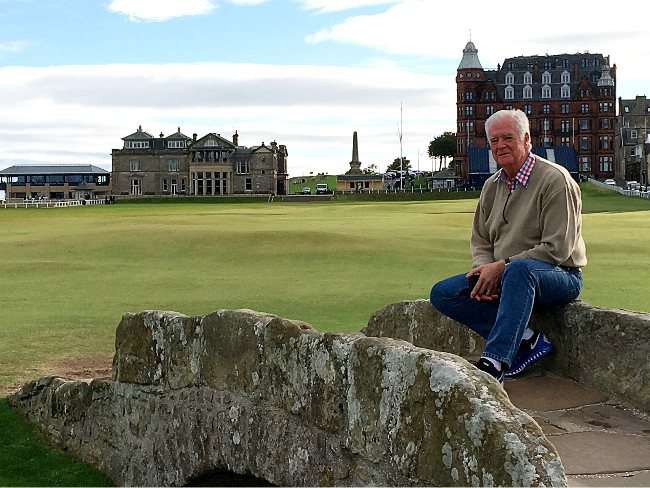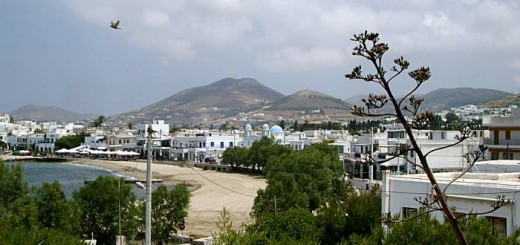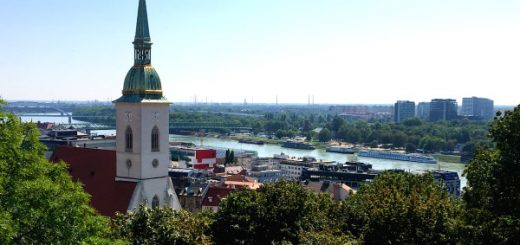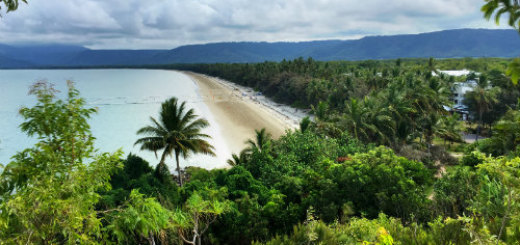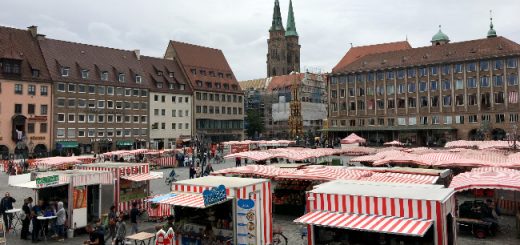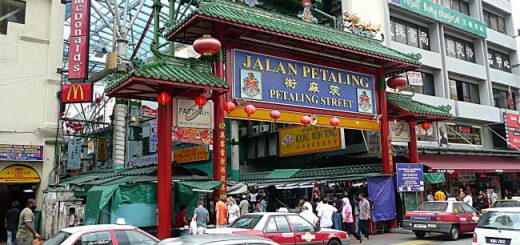Auld Reekie and the Royal Mile
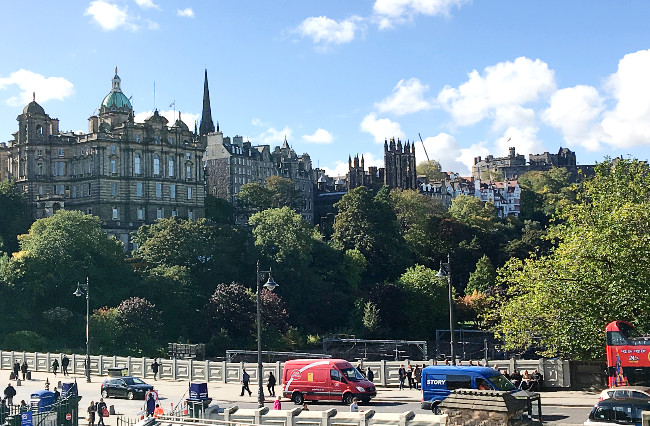
The capital city of Scotland, Edinburgh, is still affectionately referred to as Auld Reekie, although it has cleaned up its act since the 17th century. In those days the overcrowding of housing, smoke from chimneys and poor sanitary conditions, combined with the inevitable by-products of slaughterhouses and household effluent making its way into the stagnant waters of a now drained loch to the north, gave rise to this title. It really means ‘Old Smokey’, but the pollution encompassed more than smoke. A wander through the Old Town provided our coach tour group with a glimpse of how it once was, minus the reek.
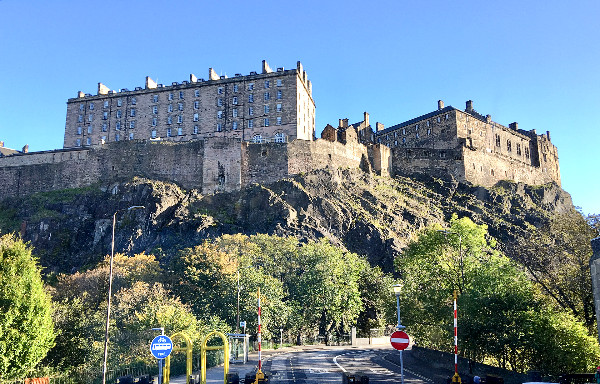
Perched on the remains of an extinct volcano, the most important historic site in the old town is the Edinburgh Castle. Over the centuries is has functioned as a military fortress, a royal residence and a prison. Records show the rocky outcrop was the site of a castle as early as the 11th century, making it one of the oldest fortified places in Europe. Since the 17th century it has principally been used as a military barracks and there are still parts used by the military which are off limits to visitors.
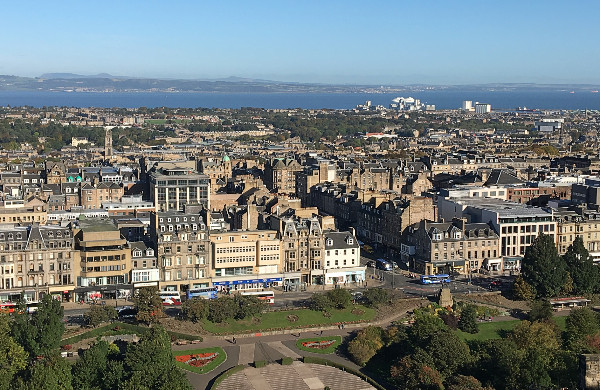
Views from atop the castle precinct are spectacular and possible for almost 360 degrees. It certainly helped us to get our bearings as we looked down over Princes Street parkland, the New Town and Blackness Bay beyond.

The castle is a well recognised symbol of Edinburgh, thanks to the annual Royal Edinburgh Military Tattoo. Workers were dismantling the grandstands around the forecourt at the time of our visit. This area is known as the Castle Esplanade and was originally used for a military parade ground. This is the start of the Royal Mile, which leads downhill under various names, until it reaches Holyrood Palace.
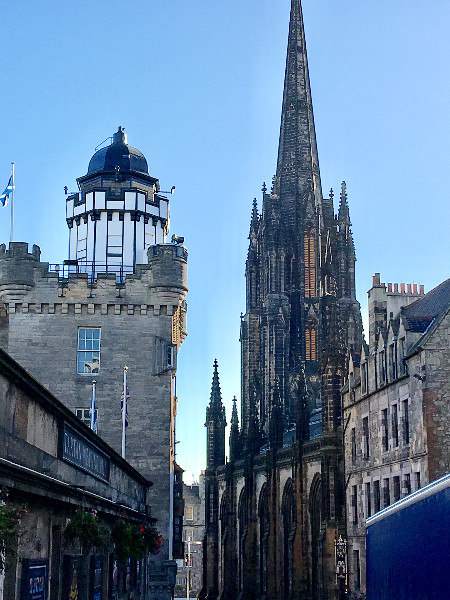
The first of these sections is Castlehill Road which passes the Camera Obscura and a Victorian church now used as the information centre for Edinburgh’s International Festival.

Further down, the street becomes Lawnmarket, where a very attractive Deacon Brodie’s Tavern caught my eye on the corner of Bank Street. Built in 1806, the pub is named after one of the city’s most famous sons, Deacon William Brodie – one of the inspirations behind Robert Louis Stevenson’s Jekyll and Hyde. By day he was a respectable member of the town’s council, but by night he followed a life of crime in order to pay off his gambling debts.
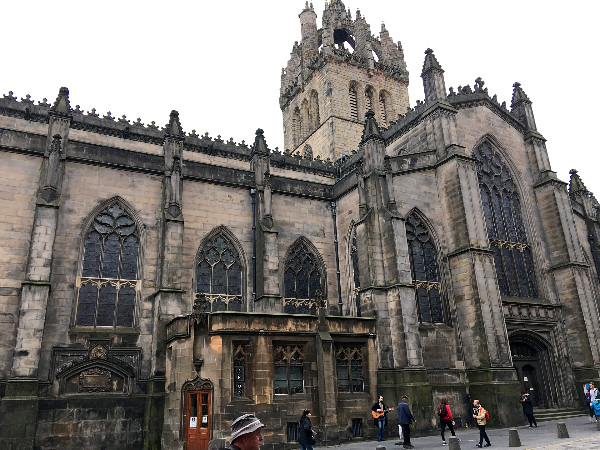
As the Mile now becomes High Street, we passed St Giles’ Cathedral, the High Kirk of Edinburgh, set within Parliament Square, the heart of the Old Town. Behind it stands the old Parliament Hall and the High Court.
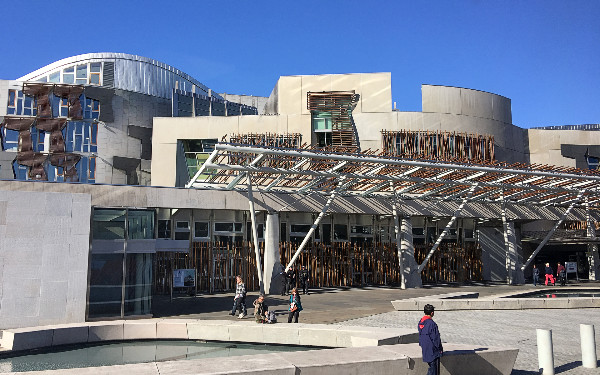
The new Scottish Parliament Building was commenced in 1999 and was formally opened in 2004. It stands on Cannongate, the last section of the Royal Mile, in stark contrast to the UNESCO World Heritage buildings around it.

Finally, the Mile ends at the gates of Holyrood Palace. Amongst all these heritage buildings, the Royal Mile also draws tourists to its cafes, restaurants and gift shops. I spent a lovely afternoon trawling the area once more, buying souvenirs, as well as visiting more of Edinburgh’s parks, museums and galleries, while hubby indulged his love off golf at a local course – Carrick Knowe. He would have dearly loved to have played at the Royal and Ancient Golf Course of St Andrews, having come so far from Australia, but bookings by non-members are almost impossible to get. He had to settle for a quick walk on the Old Course the next day and a photo opportunity on the Swilken Burn stone bridge instead.
